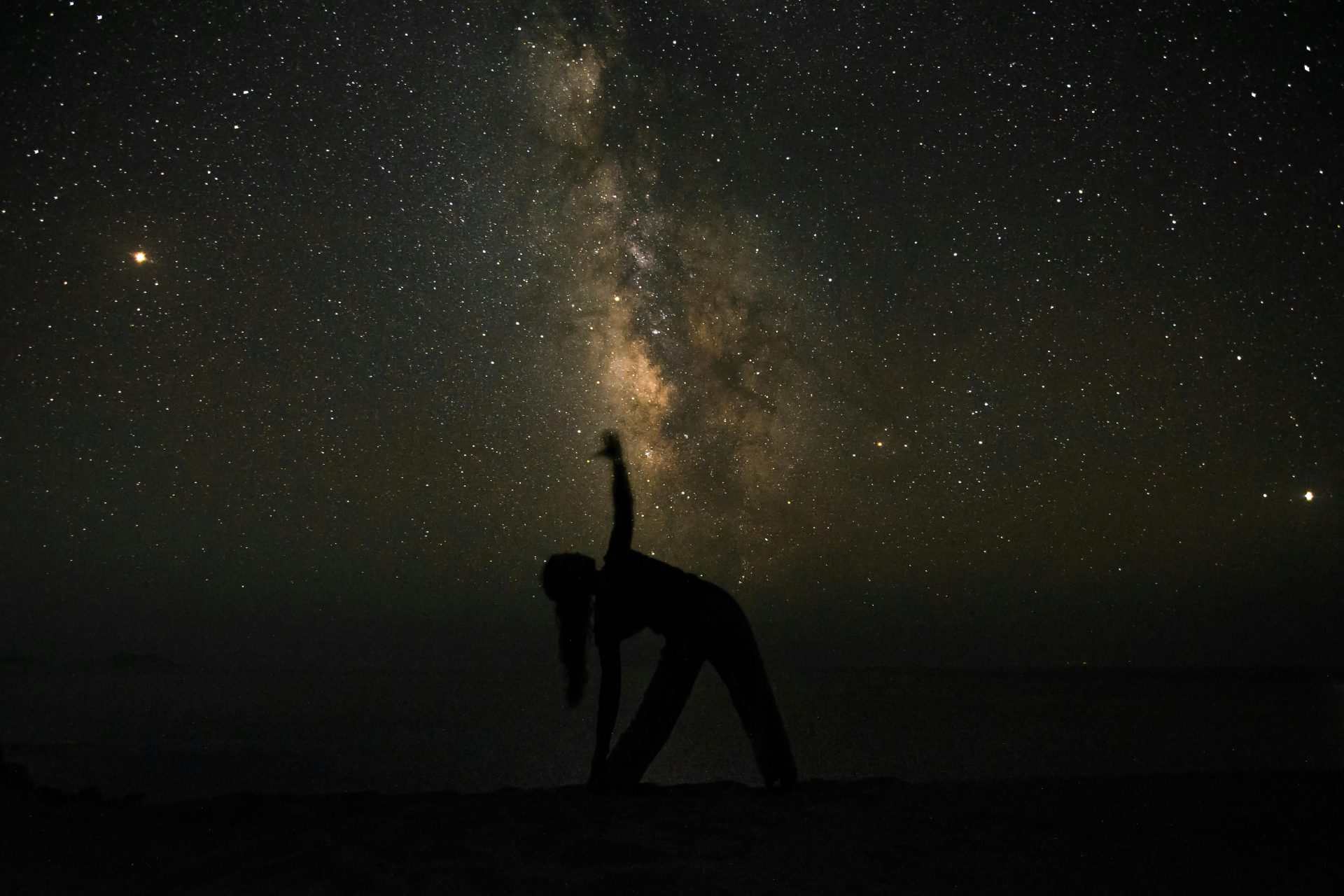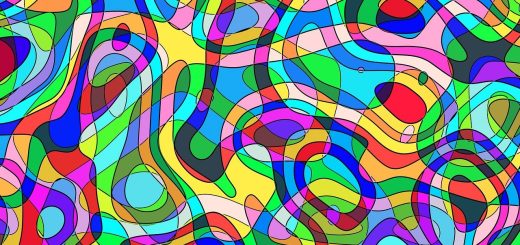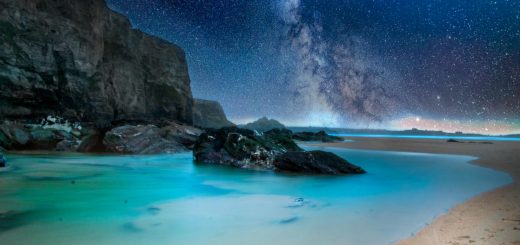The Wendigo: The Spirit of the Northern Forests

Before diving in, please note: This post is for informational purposes only. If you’d like to know more about how we approach topics, feel free to check out our friendly Disclaimer Page.
Hey there, amazing readers! 🖐️ Just a quick note: yes, we know there are a lot of ads here. Trust us, we get it—it’s not the prettiest look, but they help us keep this blog alive and kicking. Those pesky little ads cover the costs of all the behind-the-scenes magic, from hosting and tech stuff to creating content we hope you’ll love.
We’re committed to delivering quality posts, and your support (even just sticking around despite the ads) means everything to us. So, bear with us, and thanks for helping us keep the good vibes rolling. Now, on to the fun stuff! 😉
TRANSLATE BUTTON AT THE END OF THE ARTICLE
A Quick Overview
The Wendigo is more than just a mythical creature from the northern forests; it embodies a deep-seated fear of isolation, hunger, and the darker aspects of human nature.
As a curious traveler in the world of folklore, I often find myself fascinated by the stories that shape cultures.
The Wendigo is one of those stories that not only intrigues us but also warns us about the dangers of greed and the consequences of straying from community bonds.
So, let’s dive into this ghostly figure and explore the depths of its lore.
What Is the Wendigo? An Introduction to the Spirit
The Wendigo is a legendary entity found in the folklore of the Algonquin tribes, primarily in the northern regions of North America.
It is often described as a malevolent spirit that can possess humans and turn them into savage beings.
The Wendigo is usually characterized by its insatiable hunger for human flesh.
This is not just about physical consumption; it’s a metaphor for unchecked greed and selfishness.
Imagine being lost in the frozen woods, a biting wind howling around you, and the sound of something approaching.
The Wendigo, described as tall and gaunt, with glowing eyes and an unkempt appearance, embodies the fear of starvation and madness.
It’s said that once a person resorts to cannibalism during desperate times, they can become a Wendigo themselves.
This transformation serves as a cautionary tale against the extremes of desperation and moral decay.
Interestingly, the Wendigo legend transcends mere horror; it connects deeply with human psychology and cultural values.
It’s a reflection of how fear can shape our understanding of survival and community.
The Wendigo’s Origins: Roots in Indigenous Folklore
The story of the Wendigo has rich origins, deeply embedded in the traditions of the Algonquin-speaking peoples.
The lore dates back centuries, long before the arrival of European settlers.
It is often associated with winter, starvation, and the hardships of survival in the harsh northern climates.
The word "Wendigo" itself is derived from the Algonquin language, signifying a spirit associated with hunger and greed.
This spirit serves as both a warning and a historical lesson.
Indigenous tribes tell tales of the Wendigo to emphasize the importance of community and sharing resources during tough times.
Many stories portray the Wendigo as a once-human being who succumbed to greed, illustrating the dire consequences of prioritizing self-interest over communal well-being.
Whenever the harsh winters would drive families apart, the Wendigo served as a chilling reminder of what could happen if the bonds of community were broken.
The Wendigo stories vary from tribe to tribe, but they generally share the same core themes: fear, survival, and the moral repercussions of one’s actions.
Characteristics of the Wendigo: A Scary Yet Fascinating Being
What makes the Wendigo captivating is its eerie characteristics.
Legend says the Wendigo is not just a physical being; it’s a force of nature that reflects the darkness within humanity.
Here are its defining traits:
Gaunt and Tall: The Wendigo is often depicted as being impossibly tall and emaciated, embodying the effects of starvation.
Glowing Eyes: Its eyes are said to shine with a ghostly light, piercing through the darkness and instilling fear.
Foul Odor: Many tales describe the Wendigo as emitting a putrid smell, reminiscent of decaying flesh.
Insatiable Hunger: The most chilling aspect is its unquenchable appetite for human flesh, symbolizing uncontrollable greed.
Coldness: The Wendigo is often associated with icy temperatures, as if it brings the harshness of winter wherever it goes.
The terrifying transformation of a human into a Wendigo serves as a stark reminder of the fragility of humanity in the face of dire circumstances.
This transformation is often portrayed with vivid imagery, making it a favorite among storytellers.
The Wendigo’s Role in Native American Culture and Beliefs
In Native American culture, the Wendigo is more than just a monster; it is a significant part of spiritual belief.
It represents the consequences of violating societal norms and the dire fate that befalls those who succumb to greed and selfishness.
Many tribes utilize the Wendigo myth as a mechanism to instill moral values among their people.
The fear of becoming a Wendigo has, in many ways, helped to maintain social order.
People are taught to care for one another, especially during tough times, highlighting the importance of community.
Furthermore, the Wendigo embodies the struggle between humanity and nature.
It acts as a reflection of how people can become warped when survival instincts overpower moral judgment.
This theme resonates deeply in Indigenous teachings, where harmony with nature and community is paramount.
The Wendigo is thus a multi-dimensional figure in Native American culture, symbolizing both the dangers of human nature and the importance of maintaining balance in one’s life.
It serves as a cultural anchor, reminding us of our shared responsibilities.
How the Wendigo Became a Symbol of Insatiable Greed
The legend of the Wendigo evolved over time, particularly with the arrival of European settlers.
It transformed from a mere spirit of hunger into an emblem of insatiable greed and materialism.
The Wendigo became a metaphor for the destructive nature of unrestrained desire.
When settlers encroached upon Native lands, they brought with them a culture that often prioritized individual gain over communal well-being.
The myth was reinterpreted to criticize this growing trend of greed.
It illustrated how unchecked ambition can consume an individual, much like the Wendigo consumes its victims.
In modern society, we can see the echoes of the Wendigo in our relentless pursuit of more—money, resources, and status.
The idea that we can become “Wendigos” ourselves by prioritizing self-interest over community health resonates more than ever today.
The myth serves as a powerful reminder of the perils of greed in both historical and contemporary contexts.
The Wendigo in Literature: From Folklore to Fiction
The Wendigo has found its way into various literary works, evolving from oral tradition to written tales.
Writers have been captivated by this ghostly figure, using it as a metaphor for human nature’s darker aspects.
In Algernon Blackwood’s short story "The Wendigo," the creature is portrayed as a terrifying force of nature, haunting a group of hunters in the Canadian wilderness.
Blackwood’s use of vivid imagery makes readers feel the chilling presence of the Wendigo, establishing a link between fear and nature.
More recently, authors like Stephen King have drawn inspiration from the Wendigo myth.
In his novel "Pet Sematary," he explores themes of death, resurrection, and the consequences of desperate acts.
The Wendigo serves as a haunting reminder of the dangers lurking beneath our desires.
In literary discussions, the Wendigo often symbolizes the struggles between humanity and the wilderness.
It forces us to confront our inner demons and reflects societal fears about gluttony and moral decay.
Modern Interpretations of the Wendigo: A New Perspective
In today’s world, the Wendigo is no longer confined to folklore.
It has taken on new interpretations that resonate with contemporary issues.
Scholars and artists are exploring the Wendigo as a critique of modern consumerism and environmental degradation.
Artists portray the Wendigo as a metaphor for humanity’s disconnect from nature.
The imagery often reflects the consequences of unchecked development and greed, illustrating how our actions can lead to our own undoing.
Additionally, mental health discussions have incorporated the Wendigo myth.
Some therapists use the symbolism of the Wendigo to help individuals understand their own struggles with greed, obsession, and isolation.
It becomes a lens through which one can view their personal battles.
The Wendigo now also appears in discussions about cultural appropriation and representation, as Indigenous communities reclaim their narratives.
By examining the Wendigo through a modern lens, we can appreciate its relevance in addressing contemporary challenges.
The Ecological Significance of the Wendigo Legend
The Wendigo legend is not just about horror; it also carries significant ecological implications.
It serves as a reminder of the interconnectedness of humanity and nature.
In Indigenous traditions, the Wendigo illustrates the consequences of harming the environment.
When people take more than they need, ignoring the balance of nature, they risk becoming like the Wendigo—insatiable and destructive.
This lesson is particularly relevant today, as we face climate change and environmental degradation.
The Wendigo urges us to consider the impact of our actions on the planet.
It encourages sustainable practices and a return to communal values that prioritize the well-being of all.
By embracing the ecological significance of the Wendigo, we can reframe our relationship with nature.
It becomes a call to action, reminding us that we are stewards of the earth, not its conquerors.
Wendigo Sightings: Tales from the Northern Forests
The captivating tales of Wendigo sightings add an extra layer of intrigue to the legend.
Throughout history, many people claim to have encountered this fearsome spirit in the northern forests.
Some stories describe individuals who, after becoming lost, reported hearing eerie whispers and feeling an unsettling presence looming nearby.
Others recount terrifying visions of a gaunt figure lurking in the shadows, its eyes glowing in the darkness.
These accounts often leave listeners feeling a mix of fear and fascination.
The prospect of encountering a Wendigo taps into our primal instincts, making the stories all the more chilling.
In some cases, these tales have been attributed to psychological phenomena, such as sleep paralysis or hallucinations.
Still, they persist as part of the lore, contributing to the mystery surrounding the Wendigo.
Whether these sightings are real or merely folklore, they capture the imagination and keep the legend alive.
It’s a reminder that the Wendigo is not just a story; it’s an experience that resonates with those who dare to venture into the unknown.
The Wendigo in Popular Culture: Movies and Games
As I delve into popular culture, it’s fascinating to see how the Wendigo has permeated various forms of entertainment.
Movies, television shows, and video games have all tapped into this myth, often reimagining it to suit modern audiences.
In films like "Antlers," the Wendigo is portrayed as a terrifying creature that embodies the darkness within humanity’s choices.
The film artfully combines horror with social commentary, urging viewers to contemplate the consequences of our actions.
Video games have also embraced the Wendigo.
Titles like “Until Dawn” feature Wendigo-like creatures, utilizing the myth to create an atmosphere of suspense and tension.
Players navigate choices that could lead to survival or doom, echoing the moral dilemmas present in the original folklore.
Television shows such as "Supernatural" have also included the Wendigo in their storylines, showcasing its versatility as a fearsome yet tragic figure.
These adaptations often serve to humanize the Wendigo, making it a symbol of struggle rather than just a monster.
Through these various representations, the Wendigo remains a compelling figure.
It invites us to engage with our fears, question our values, and reflect on the consequences of our actions.
How to Celebrate Wendigo Lore: Festivals and Events
Celebrating the Wendigo is a unique way to embrace the lore and learn about its rich cultural background.
Various events and festivals, particularly in regions connected to Indigenous communities, offer opportunities to engage with this myth.
Consider attending storytelling events where Indigenous elders share Wendigo tales.
These gatherings not only preserve the tradition but foster a deeper understanding of the cultural significance behind the stories.
Art exhibitions showcasing Wendigo-inspired works can also be a fantastic way to appreciate the legend.
Artists often reinterpret the myth, providing fresh perspectives that resonate with contemporary issues.
Additionally, workshops focused on traditional survival skills can connect attendees to the themes of community and cooperation inherent in Wendigo stories.
Such events can empower participants to reflect on their relationship with nature.
By engaging with Wendigo lore through these celebrations, we can honor its cultural roots while fostering a greater understanding of the lessons it imparts.
Conclusion: Embracing the Mystique of the Wendigo
The Wendigo is a rich and complex figure in folklore, intertwining themes of survival, greed, and community.
It serves as both a cautionary tale and a symbol of the human condition.
By exploring its origins and various interpretations, we gain valuable insights into our own fears and motivations.
Whether through literature, modern adaptations, or cultural celebrations, the Wendigo continues to captivate our imaginations.
It reminds us to reflect on our values and the impact of our choices on both ourselves and our communities.
As we embrace the mystique of the Wendigo, let’s remember the lessons it teaches.
We must prioritize community care over individual greed, ensuring that we don’t let ourselves become lost in the wilderness of our desires.

The Enlightenment Journey is a remarkable collection of writings authored by a distinguished group of experts in the fields of spirituality, new age, and esoteric knowledge.
This anthology features a diverse assembly of well-experienced authors who bring their profound insights and credible perspectives to the forefront.
Each contributor possesses a wealth of knowledge and wisdom, making them authorities in their respective domains.
Together, they offer readers a transformative journey into the realms of spiritual growth, self-discovery, and esoteric enlightenment.
The Enlightenment Journey is a testament to the collective expertise of these luminaries, providing readers with a rich tapestry of ideas and information to illuminate their spiritual path.
Our Diverse Expertise 🌟
While our primary focus is on spirituality and esotericism, we are equally passionate about exploring a wide range of other topics and niches 🌍📚. Our experienced team is dedicated to delivering high-quality, informative content across various subjects ✨.
To ensure we provide the most accurate and valuable insights, we collaborate with trusted experts in their respective domains 🧑🏫👩🏫. This allows us to offer well-rounded perspectives and knowledge to our readers.
Our blog originally focused on spirituality and metaphysics, but we’ve since expanded to cover a wide range of niches. Don’t worry—we continue to publish a lot of articles on spirituality! Frequently visit our blog to explore our diverse content and stay tuned for more insightful reads.







